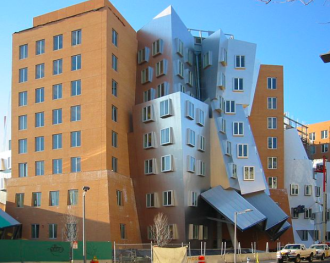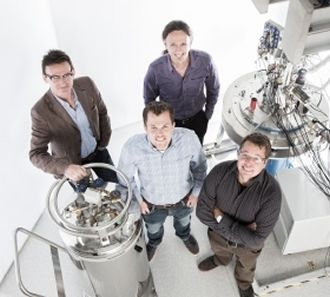 Researchers at the Massachusetts Institute of Technology
Researchers at the Massachusetts Institute of Technology (MIT) claim to have built light detectors that can register individual photons on a silicon chip.
The MIT team said they have increased the accuracy of the detectors and transferred those that work to an optical semiconductor.
The approach gives denser and larger arrays, said the MIT team with 100 times better accuracy than previous arrays.
The researchers first built a silicon optical chip using regular manufacturing processes. Then they grow a flexible film of silicon nitride on a separate silicon chip – and then the superconductor niobium nitride is despised in a pattern that can detect photons.
Gold electrodes are deposited on both ends of the detector.
Dirk Englund, a professor at MIT and part of the team, said the project was aided by IBM and NASA’s Jet Propulsion Lab.
Previous detectors only managed to pick up 0.2 percent of single photons, but MIT said detectors on its chip reached 20 percent.
We’re still a way away from quantum computing though – because MIT says 90 percent or more is needed for a working quantum circuit.
 Scientists at the University of California, Berkeley, claim to have proved a relationship between energy and time that lets people calculate the “quantum speed limit”.
Scientists at the University of California, Berkeley, claim to have proved a relationship between energy and time that lets people calculate the “quantum speed limit”. Scientists at the University of California, Berkeley, claim to have proved a relationship between energy and time that lets people calculate the “quantum speed limit”.
Scientists at the University of California, Berkeley, claim to have proved a relationship between energy and time that lets people calculate the “quantum speed limit”.







